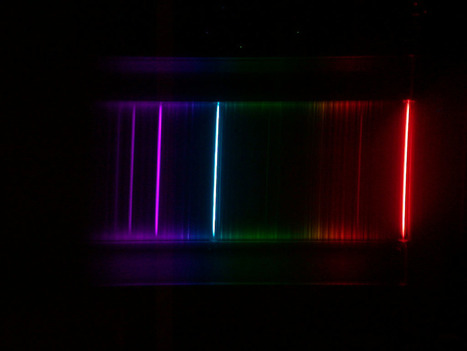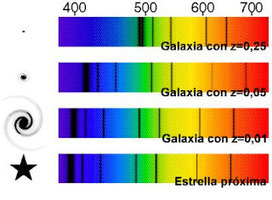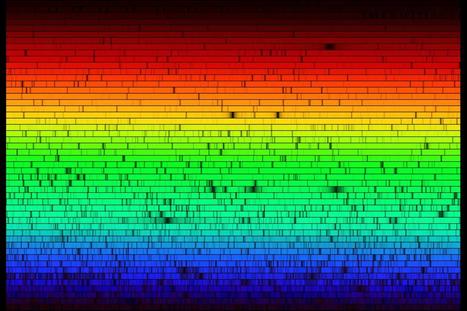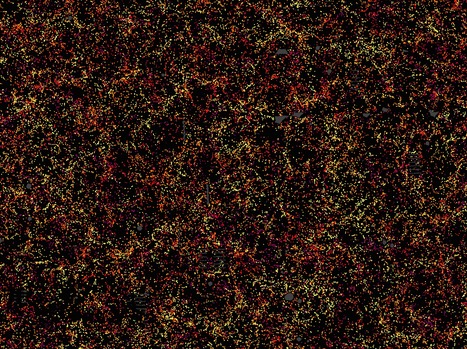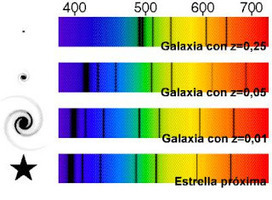 Your new post is loading...
 Your new post is loading...
De todos los espectros, el espectro de emisión del hidrógeno es especialmente interesante por razones históricas y teóricas. En las regiones visible y casi ultravioleta, el espectro de emisión consiste en una serie de líneas en las que aparentemente hay cierto orden.
Cuando la luz solar incide sobre las gotas de lluvia se genera en algunos casos el conocido arco iris. Un arco iris, es un fenómeno óptico y meteorológico que se presenta como un espectro de frecuencias de luz continuo en el cielo. Pero si no queremos esperar a un día lluvioso para observar un espectro, podemos utilizar un prisma para obtener uno. En óptica, un prisma es un objeto capaz de refractar, reflejar y descomponer la luz en los colores del arco iris, tal y como se muestra a la cabecera de este artículo.
Mediante sus espectros se detectan gases tóxicos. Se emplea radiación láser y a terahercios
|
En 1802, William Wollaston vio en el espectro de la luz solar algo que antes se había pasado por alto. Wollaston notó un conjunto de siete líneas [1] oscuras, muy definidas, espaciadas irregularmente, a lo largo del espectro solar continuo.
The Baryon Oscillation Spectroscopic Survey (BOSS) is part of the Sloan Digital Sky Survey-III. It looks at the positions and redshifts of more than a million galaxies. Redshift can be used as a measure of distance, though due to cosmic expansion you have to be a little careful about what that distance is. Using such a large sample, we can look at how the redshifts of galaxies (and therefore their distances) cluster on average, and this allows us to test whether the standard model of cosmology is correct.
The key is to measure what is known as baryon acoustic oscillation (BAO). In the Universe there are two main forces driving the way in which galaxies cluster on large scales. One is dark matter, which causes galaxies to clump together. The other is dark energy, which causes these clumps to spread apart. The scale at which clumping occurs allows us to compare the ratio of dark matter to dark energy. It also allows us to study whether that ratio has changed over time. If, for example, dark energy were stronger in the early Universe, the gaps between clumps would be larger at greater distances.
The standard model of cosmology is known as the LCDM model, and assumes that dark energy is a constant, rather than varying over time and space. This new result found that the level of dark energy was constant over time to the limits of its observation, so once again the standard model holds up. The survey also calculate a value of dark energy through the Hubble parameter, and got a value of 67.3 km/s per megaparsec, which is much lower than the value of 73 recently found by Hubble observations, and even lower than the “official” value of 69.3 km/s per megaparsec. This variation of results within different observations, known as tension in the model, seems to be common these days. While the results aren’t completely contradictory when you take into account their uncertainties, they could hint at aspects of the model we don’t fully understand.
Cuando la luz solar incide sobre las gotas de lluvia se genera en algunos casos el conocido arco iris. Un arco iris, es un fenómeno óptico y meteorológico que se presenta como un espectro de frecuencias de luz continuo en el cielo.
|

 Your new post is loading...
Your new post is loading...
 Your new post is loading...
Your new post is loading...



